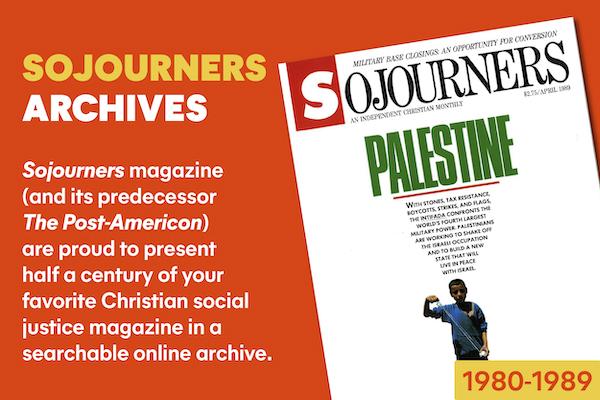Catching the first rays of the Philippine sun, we pause in the high cogon grass. Inday chuckles softly. "There it is, the rough road. The other side's the base."
One of Inday's neighbors who has joined our furtive mission gives the "all-clear," and we scurry across the rough road and set foot on the backwoods perimeter of the largest American military base in the western Pacific, the Subic Naval Base.
Inday pauses again, absorbing all stimuli. Clad in hiking pants, her hair tied back in a bandanna, this woman exudes the air of a savvy guerrilla. She is armed only with an empty rice sack.
"Down!" Inday orders instinctively. Only after we're thoroughly hidden in the high grass for 20 seconds do I hear it: a jeep approaching on the rough road. We are motionless as the jeep passes just meters from our hiding place.
"An American Marine," Inday reports. "But this one's not after us. He's probably driving up to the radar station. Remember, when we proceed, if anyone gets caught by a Marine, give no names or information about the others."
What was our clandestine mission?
Let's code name it "Operation Scavenger." I was joining what could possibly rank as one of the world's largest underground ecological recycling operations. Every day (or night) up to 1,000 persons sneak onto the U.S. Subic Naval Base in the Philippines to salvage junk from the American refuse dump. At an estimated recovery rate of 20 pesos (U.S. $3.50) each, these nimble recyclers may save $3,000 worth of goods per day from being buried forever by the dump's bulldozer.
Read the Full Article

